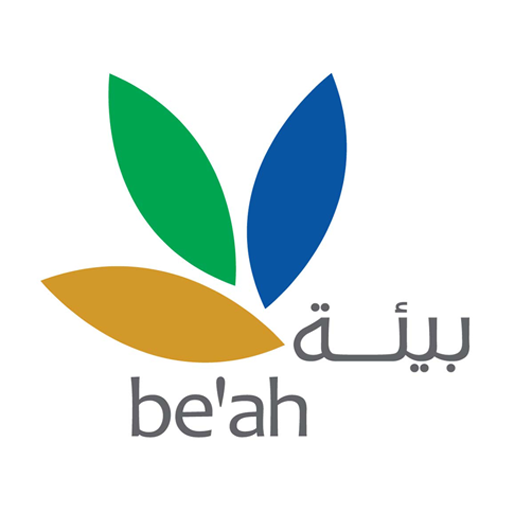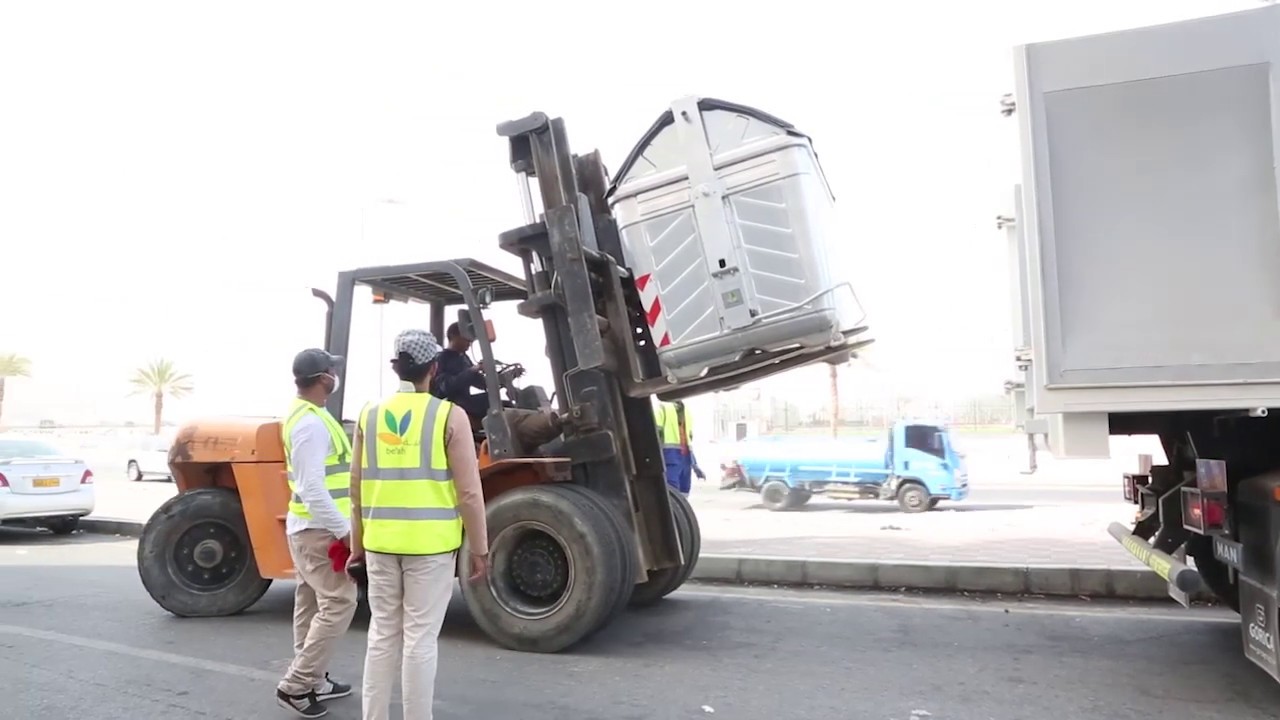For several years now, be'ah, responsible for waste management in Oman, has been pursuing an ambitious policy to reduce landfill waste with 80 percent by 2030. At the same time, the organisation wants to reduce the amount of waste per inhabitant to less than 1 kg per person per day. Behavioral change of the citizens of Oman is key to achieve these goals. Therefore, be’ah is taking several initiatives to prevent, reuse and recycle waste. The introduction of a reuse center in Muscat should facilitate the adoption of circular principles by the wider public. In this center, goods will be given a second life and will also be repaired and remanufactured if necessary. These items may include clothing, furniture, electronics, toys, etc.
Approach
Together with our partners VITO and Kringwinkel Antwerpen, we tackled the following questions:
What is the vision of the reuse center and how can be’ah collaborate with all the stakeholders involved?
be’ah wanted to work together with the Sultan Qaboos University and different charities in the region to involve students and social economy in the reuse center. By means of interviews with the partners involved, we got a better understanding of the current activities and the needs of each stakeholder. Based on these insights, we developed a circular strategy for the reuse center with clear objectives in order to achieve a win-win situation for all stakeholders involved.
How can we strive for a durable business model, which implies a win-win situation for all stakeholders involved?
We built a model to analyse the business case, in which all stakeholders could make financial gains. We then developed three scenarios in which the customer response and financial impact on the reuse center and thus on its stakeholders differed. In order to mitigate as many risks as possible, we performed a sensitivity analysis to determine which external factors would have the most influence on the forecasted financial profits of all partners.
How should the daily operations within the reuse center be organised?
A supportive governance structure and efficient product flows were essential to make the center successful. We designed the organisational structure and calculated the necessary FTE’s. This was needed to guarantee an efficient workflow supported by the right people. Furthermore, we proposed a ground plan for the reuse center that efficiently uses all available space and reduces handling time. In addition, we implemented useful lean-principles, such as a kan-ban system, 5S, visual management, PDCA, etc.
What is the ecological and social impact of the reuse center?
As a final step, we defined a range of environmental indicators to quantify the ecological impact of the reuse center. For example, we took into account the extra driven kilometers to bring the reusable goods to the reuse center and from there to the shops, the mitigated CO2-emissions thanks to reusing items instead of producing new products, etc. Regarding the social impact of the reuse center, we looked at the number of jobs that could be created in the social economy thanks to the establishment of the reuse center.
Results
At the end of the project, be’ah received a complete feasibility report, containing the following elements:
-
The vision of the reuse center, in line with the sustainable development goals
-
Suggested collaboration models between all stakeholders involved (university, charities,...)
-
A business model and the calculated business case containing different possible scenarios
-
A thorough sensitivity analysis stating the important risks that could influence the reuse center's financials and thus the gains of the stakeholders involved
-
The impact of the reuse center on ecological and social parameters in Oman







